I recently attended the 2024 Missouri River Valley Steam Engine Association (MRVSEA) Reunion in Boonville, where I saw many types of power generators used before electricity was available. Generally, this was from the 1870-1930s in this area. I saw huge steam generators that powered city-sized jobs as well as smaller units that ran a farm’s water pump. There was a mix of gasoline and diesel tractors. Engines that helped thresh wheat, baled straw, cut wood, made ice, kept hospitals running, turned on lights in schools and much more. It was a bit overwhelming.
One of the volunteers told me steam and then gas engines began on the east and west coasts, spreading to the Midwest in the way this happens. Cities and businesses had mostly achieved electricity by the 1920s and the Rural Electrification Act (1936) allowed farmers to upgrade their engine-ran tasks. For the next two to three decades, no one wanted the old machinery. Some of those engines were scrapped for the WWII war effort while others moldered in machine sheds. But in the late 1960-70s, people began to notice them, to restore them and to gather with like-minded people to keep the information alive. MRVSEA held their first show in 1963. Read how that came to be in an article from 2009.
Of course, being a curious library patron as well as an associate here, I dug into our collections to learn more. Would you like to join me? These are a few of our holdings.
Railroads
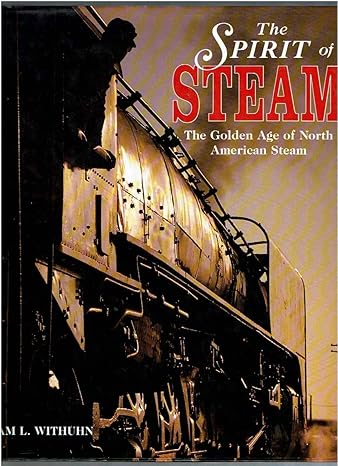 A book created to illustrate selected aspects of the North American railroad from the 1920s to the 1950s, “The Spirit of Steam” by William L. Withuhn is a visual treasure of black and white photographs with text. Close up images show the grease and dirt of the machinery and on the engineers and firemen tending them. There’s a lot of steam and smoke. Everything is oversized. Fascinating book for the old-in-spirit and the young-at-heart who are interested in this time of our country.
A book created to illustrate selected aspects of the North American railroad from the 1920s to the 1950s, “The Spirit of Steam” by William L. Withuhn is a visual treasure of black and white photographs with text. Close up images show the grease and dirt of the machinery and on the engineers and firemen tending them. There’s a lot of steam and smoke. Everything is oversized. Fascinating book for the old-in-spirit and the young-at-heart who are interested in this time of our country.
We have three online magazines available featuring locomotives. The August-September issue of Locomotive International features a steam-powered model, shined up and in use somewhere in the world. They have sections featuring readers’ submissions and reports from at least three continents in each issue. As their tagline says, you aren’t just reading a magazine but ‘joining a community’ when you open an issue.
Farms
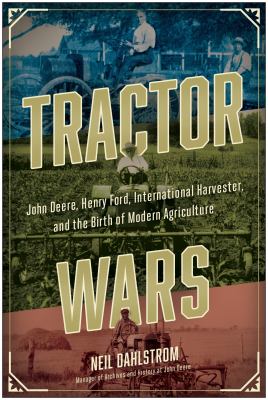 “Tractor Wars: John Deere, Henry Ford, International Harvester, and the Birth of Modern Agriculture” by Neil Dahlstrom tells the stories of the great men of agriculture — McCormick and Ford and others — whose work revolutionized agriculture in this country. If you are interested in identifying antique and vintage tractors, we have guides such as “The Field Guide to John Deere Tractors, 1892-1991,” by Don MacMillan and “Field Guide to Classic Farm Tractors: More than 400 Models from 1900 to 1970” by Robert N. Pripps. We have restoration guides and online magazines you can access from home. If you can’t get enough, “The Illustrated History of Tractors: From Pioneering Steam Power to Today’s Engineering Marvels” also examines great big machines via images.
“Tractor Wars: John Deere, Henry Ford, International Harvester, and the Birth of Modern Agriculture” by Neil Dahlstrom tells the stories of the great men of agriculture — McCormick and Ford and others — whose work revolutionized agriculture in this country. If you are interested in identifying antique and vintage tractors, we have guides such as “The Field Guide to John Deere Tractors, 1892-1991,” by Don MacMillan and “Field Guide to Classic Farm Tractors: More than 400 Models from 1900 to 1970” by Robert N. Pripps. We have restoration guides and online magazines you can access from home. If you can’t get enough, “The Illustrated History of Tractors: From Pioneering Steam Power to Today’s Engineering Marvels” also examines great big machines via images.
You can also check out Kanopy’s offerings about the Industrial Revolution. There should be threshing machines, saw mills, water pumps and more represented here.
Steamboats
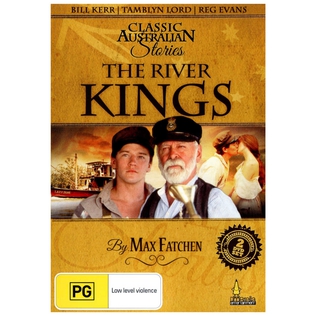 While I don’t remember seeing anything relating to the steamboats at the local show, it doesn’t mean it wasn’t there. And steamboats were absolutely powered by steam engines. Let’s start with two publications from a riverboat family. “Steamboat Legacy“ and “Steamboat Treasures“ by Dorothy Heckmann Schrader take you to Hermann’s early waterfront. Read about her grandparents from the last quarter of the 1800s and through their eyes, stories and diaries, their experiences on small steamboats. Most of their eight sons also took roles on the water. Three of them, including her father Edward and her well-known uncle “Steamboat Bill,” went on to have successful careers as newspaper essayists and feature story writers.
While I don’t remember seeing anything relating to the steamboats at the local show, it doesn’t mean it wasn’t there. And steamboats were absolutely powered by steam engines. Let’s start with two publications from a riverboat family. “Steamboat Legacy“ and “Steamboat Treasures“ by Dorothy Heckmann Schrader take you to Hermann’s early waterfront. Read about her grandparents from the last quarter of the 1800s and through their eyes, stories and diaries, their experiences on small steamboats. Most of their eight sons also took roles on the water. Three of them, including her father Edward and her well-known uncle “Steamboat Bill,” went on to have successful careers as newspaper essayists and feature story writers.
Experience the life of a riverboat man through an Australian film “The Riverboat Kings” on Kanopy. This four-part miniseries captures the perilous life along South Australia’s Murray River and the many adventures aboard the paddleboat steamer Lazy Jane during the 1920s.
You can enjoy 170 images of steamboats and river towns in “The Mississippi Steamboat Era in Historic Photographs” by Joan and Thomas Gandy who discovered the negatives of images taken by Henry Norman and his son Earl, between 1870-1920. Reviewers have said these are some of the best images of the era available to us today.
The Industrial Revolution
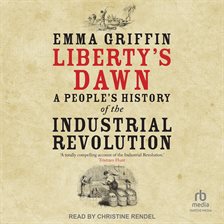 Emma Griffin is a Victorian historian and professor at Queen Mary, University of London. Her books and publications help bring to life aspects of Victorian England, not the United States, and yet I’m including “Liberty’s Dawn: A People’s History of the Industrial Revolution” for the emphasis on the common laborer. Not the rich railroad owner or the factory owner whose machines were driven by steam, but the engineer keeping the train moving or the factory mechanic minding the spinning machines.
Emma Griffin is a Victorian historian and professor at Queen Mary, University of London. Her books and publications help bring to life aspects of Victorian England, not the United States, and yet I’m including “Liberty’s Dawn: A People’s History of the Industrial Revolution” for the emphasis on the common laborer. Not the rich railroad owner or the factory owner whose machines were driven by steam, but the engineer keeping the train moving or the factory mechanic minding the spinning machines.
William Rosen has written about the Industrial Revolution from the perspective of the inventors and the men who funded them. “The Most Powerful Idea in the World” also explores British ingenuity and invention which was mirrored by American progress.
If you like visual sources, Kanopy offers “Industrial Revolution: The Textile Trade” and “A Second Industrial Revolution after 1850” that discusses the steam engine in conjunction with the other aspects of the time.
Steampunk
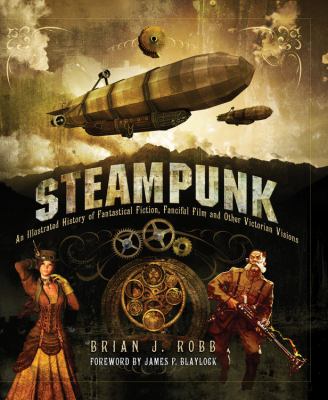 Whoops! No, that doesn’t fit into this post although I’m sure there are some people who think it should! Steampunk is a mixture of Victorian aesthetics, manners and technology with science fiction speculation. Some deal with alternative histories. There is always aspects of steam-power, even to the space ships!
Whoops! No, that doesn’t fit into this post although I’m sure there are some people who think it should! Steampunk is a mixture of Victorian aesthetics, manners and technology with science fiction speculation. Some deal with alternative histories. There is always aspects of steam-power, even to the space ships!
That would be quite the addition to the Missouri River Valley Steam Engine Association, wouldn’t it?
In conclusion, I did enjoy visiting with the volunteers and the owners of the fine machines and all of the people keeping this event well organized and interesting. I’ve also enjoyed browsing through these and other holdings at the DBRL system. We have much more than I am able to share here. Please come explore this or any other topic you are interested in! There is so much for you here at your library.


